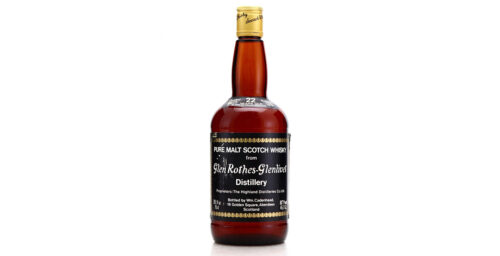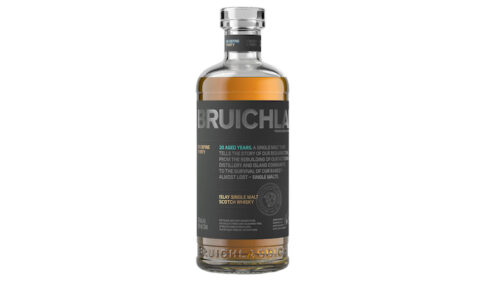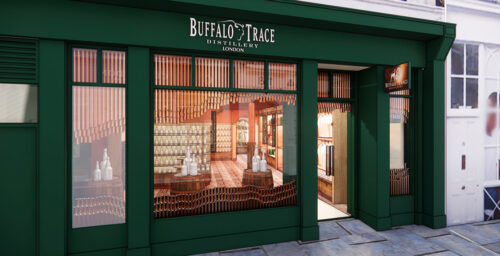
Master Distiller Harlen Wheatley, in a statement from the distillery, had this to say on the topic of if tree cut matters. “From top to bottom, the tree chemistry is quite different. The chemicals most affected by the tree structure are oak lignins and tannins. Oak lignins are composed of two building blocks, vanillin and syringaldehyde. Generally there is a higher composition of oak lignins in the bottom part of the tree which in turn delivers more vanilla. Tannins are generally higher in concentration in the top section of the tree versus the bottom; however, they also vary from inside out. The outer heartwood is generally higher in tannin concentration.”
Part of what may have given rise to looking at this issue has to do with those who’ve provided reviews for the previous releases through an online review process the distillery has had running for the project. Reviewers during this time are said to “have been evenly divided on their preferences between the top half and the bottom half of the tree, based on the barrels that have been in the lead through the online review process. Currently the leader is barrel #82, which is, incidentally, from the bottom half of the tree.”
What The Single Oak Project Is
Buffalo Trace, back when the project began, hand picked 96 trees with different wood grains and then divided them into a top and bottom piece, yielding 192 unique sections. From there, staves were created from each section and were air dried for either 6 months or 12 months. After all the staves were air dried, a single barrel was created from each tree section, resulting in 192 total barrels. These barrels were given either a number three or a number four char and then filled with either wheat or rye recipe bourbon.
To further the variety of experiments, the barrels were filled at two different proofs, 105 and 125 proof. Two completely different warehouses were used to store the barrels, one with wooden floors and one with concrete floors. In total, seven different variables were employed in the experiment.
For eight years the tracking process continued, creating intricate databases and coming up with a potential of 1,396 tasting combinations from these 192 barrels.
Releases And Pricing
The Single Oak Project Bourbons are being released in a series every three months from 2011 through 2015 until all of the 192 barrels have been released. The first release hit select stores in 2011. This twelfth release will reach stores towards the end of February. Like all the other releases, the quantities are very limited. Every case will contain 12 bottles, each from a different barrel. The twelfth release is made up of barrel numbers 15, 16, 47, 48, 79, 80, 111, 112, 143, 144, 175, and 176. All releases will be packaged in a 375 ml bottle and priced for around $46 a bottle.
Once it is all said and done, Buffalo Trace will take the top rated bourbon from the project and make more like it under the Single Oak name.








